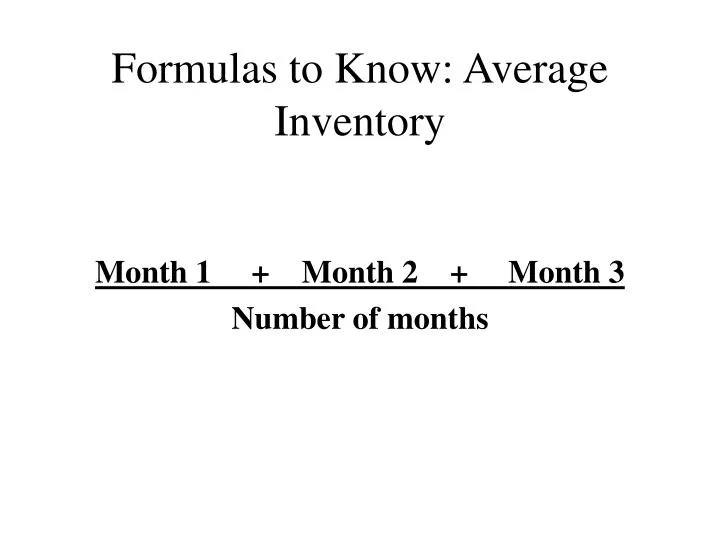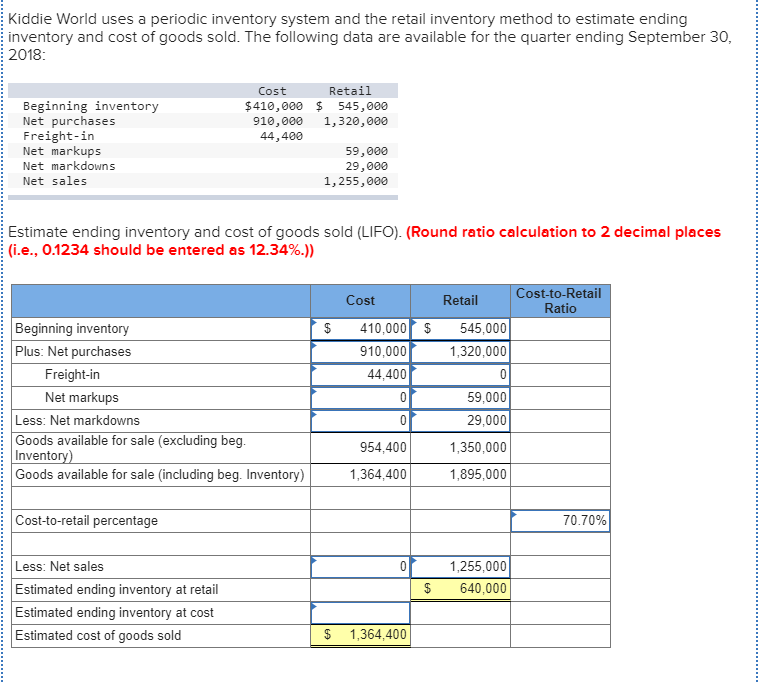

Make sure to subtract the cost of any scrapped or lost inventory. These numbers should include the purchase prices for your inventory, and also any additional costs such as shipping, storing, or handling. You can calculate your COGS for a specific period through the below formula:ĬOGS = Beginning Inventory + Total Purchase – Ending Inventory In order to calculate inventory turnover, we need to know two dollar amounts for the calculated specific period: Cost of Goods Sold (COGS) and Average Inventory. After all, people wear basic T-shirts more often, and they need them more than patterned ones.

Basic plain T-shirts could have a higher inventory turn than designed T-shirts. Consider, for example, that you have an online store where you sell T-shirts. This is important because not all turnover rates are the same some items might turn more slowly than others. Assessing inventory turnover by item category would also be helpful to compare the performance of different items. Inventory turnover can be calculated for the entire business as well as by department or item category. In 2015, Amazon had an annual turnover of eight and Walmart had 7.8, whereas Costco has an inventory turnover of 11.2. For example if a retailer has an annual inventory turnover of eight, it means that they have completely sold out its entire inventory eight times over the whole year. It is a measure of the rate at which merchandise flows into and out of your store. Inventory turnover is the number of times that a retailer sells and replaces its inventory. Advertisement What Is Inventory Turnover?


 0 kommentar(er)
0 kommentar(er)
